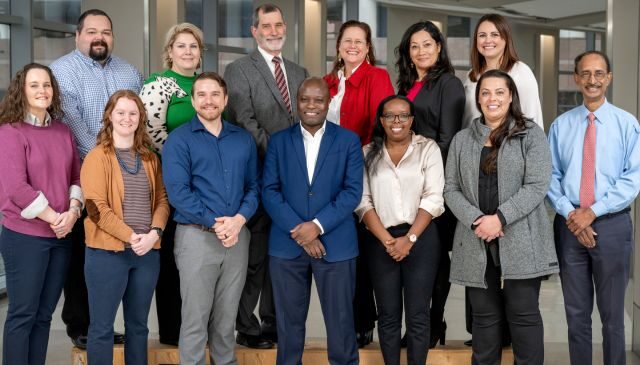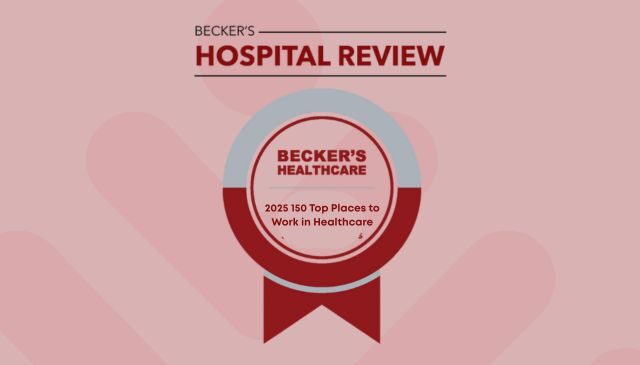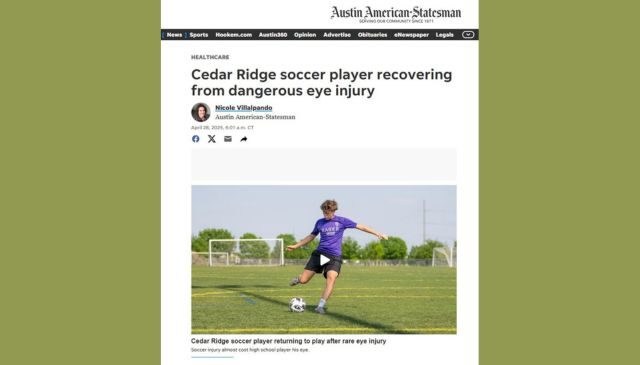
Today, The MacArthur Foundation and its nonprofit affiliate, Lever for Change, announced Texas Children’s Hospital as one of five Finalists advancing to the final stage of 100&Change.
100&Change is a global competition awarding a single $100 million grant to help solve one of the world’s most critical social challenges. Since its inception, 100&Change has leveraged an additional $868 million, demonstrating the potential of high-impact philanthropy to fund systemic change. The competition has influenced the philanthropic sector by encouraging funders to adopt large-scale, collaborative approaches to problem-solving.
100&Change received 869 valid applications from organizations and collaborations worldwide, with each proposal identifying a problem and presenting a compelling solution that is impactful, evidence-based, feasible, durable, and just.
Texas Children’s is tackling sickle cell disease (SCD), an inherited disease and one of the most neglected in the world, plaguing African children for 8,000 years. Access to largescale public health SCD care is urgently needed in Africa but has not materialized, as current programs are too slow and unaffordable. Texas Children’s Global and its affiliated Baylor Children’s Foundations in Africa, in partnership with Africa Centers for Disease Control and Prevention (Africa CDC), are mobilizing relevant stakeholders, particularly Ministries of Health and pharmaceutical companies; training health workers; and stimulating or supplementing critical SCD supplies to spur widespread access to SCD care.
Texas Children’s has already trained 35 of the first African specialists in SCD care and mobilized complementary resources, including affordable business pricing for pharmaceuticals. We believe the triad of government engagement and ownership, pharmaceutical markets and a critical mass of African clinical experts and leaders will result in an impactful and enduring response to SCD. The goal is to reach one million children with SCD by 2030.
We are overjoyed that our organization was recognized as one of these five transformative teams that have the potential to drive meaningful and lasting change on a global scale.
More information about 100&Change and the Finalists can be found at www.100andchange.org. Learn more about the life-saving care Texas Children’s is providing for children with sickle cell disease.



